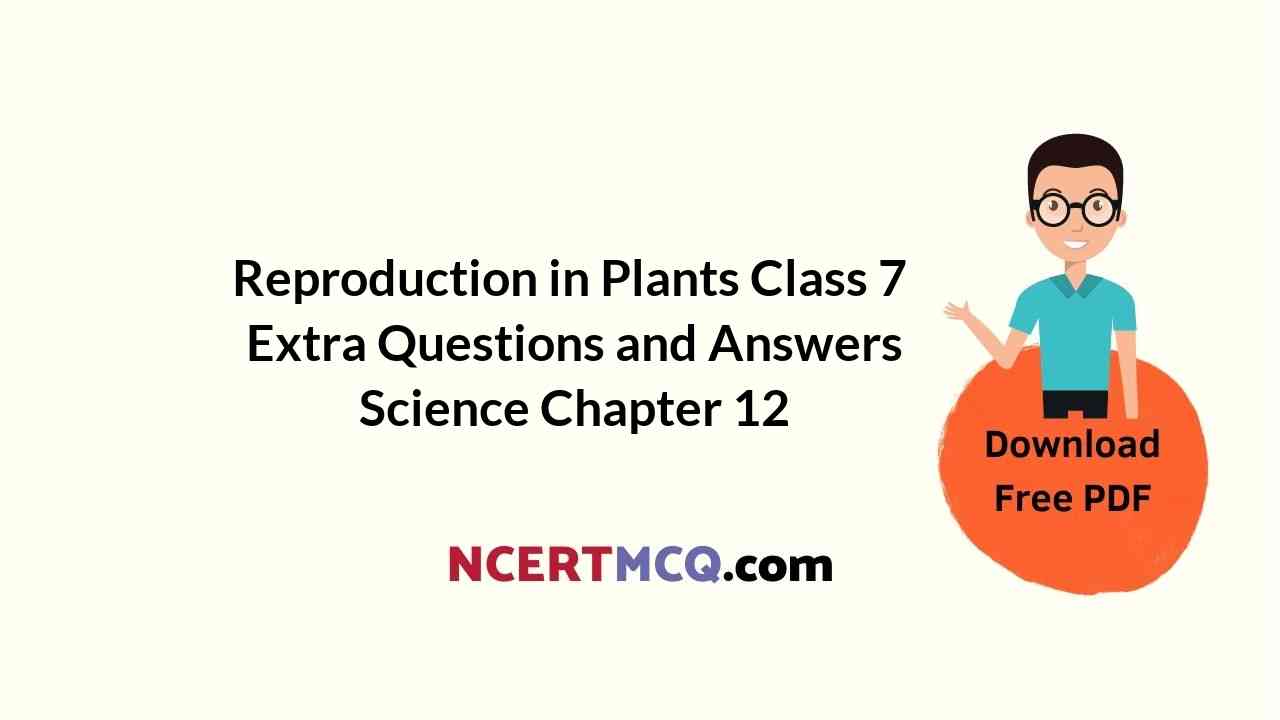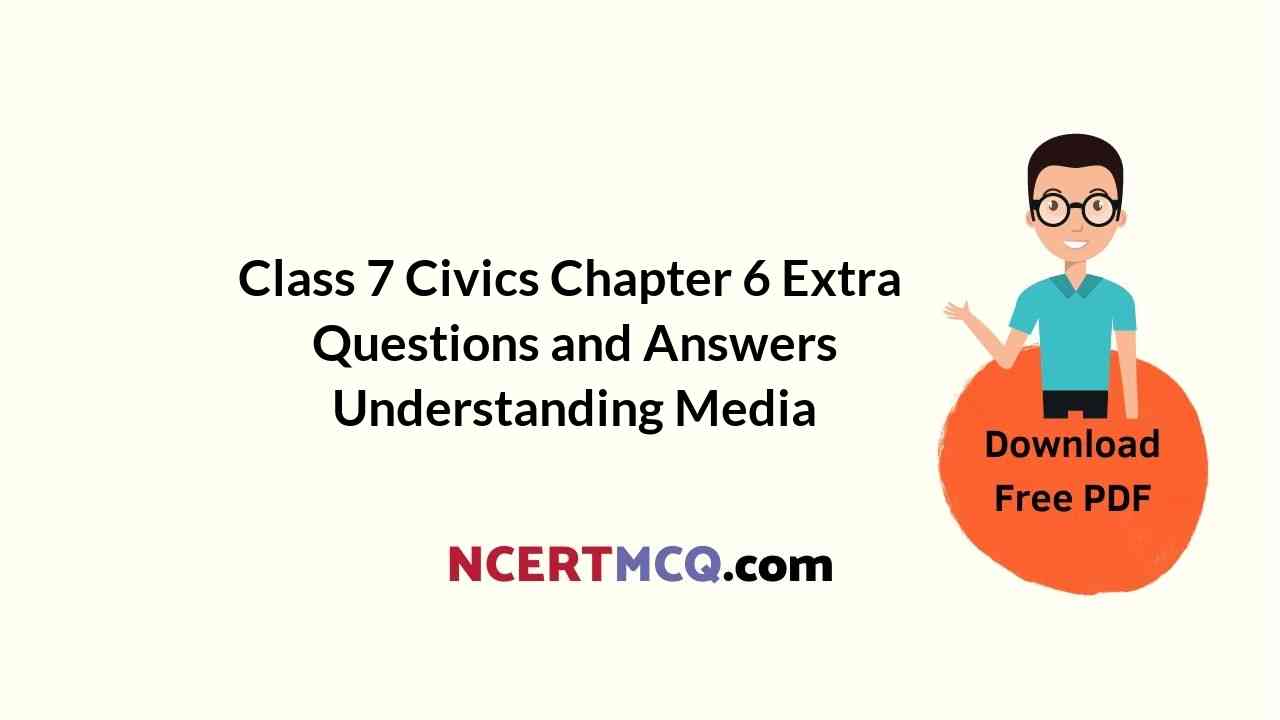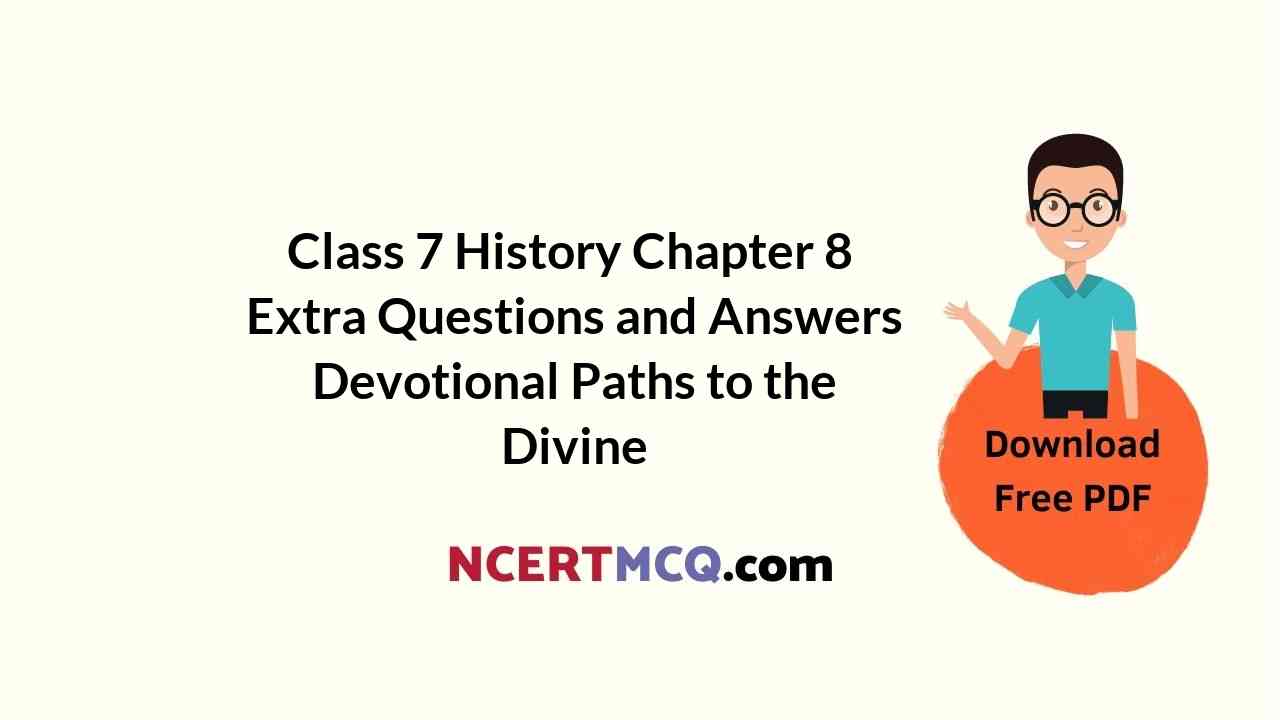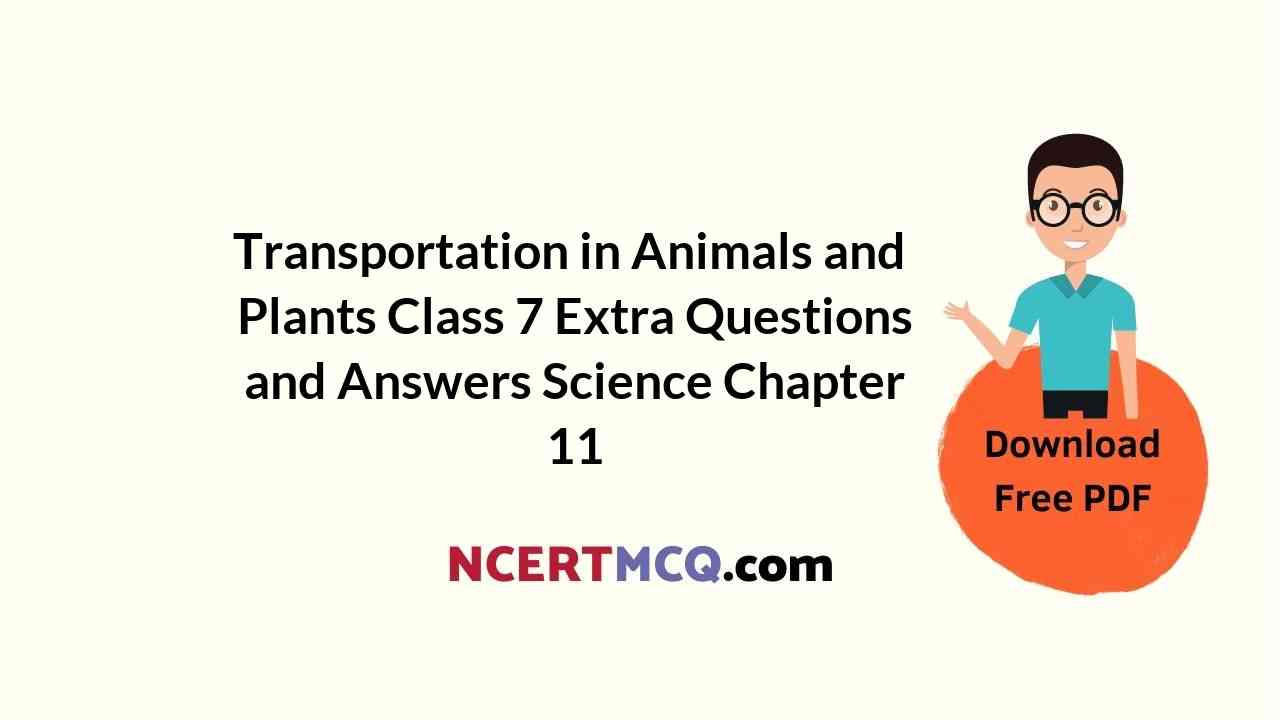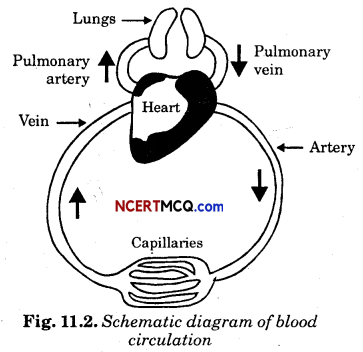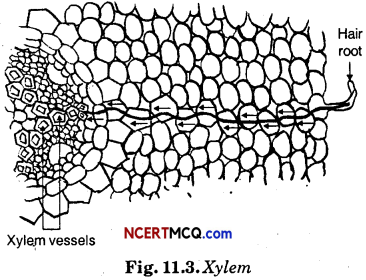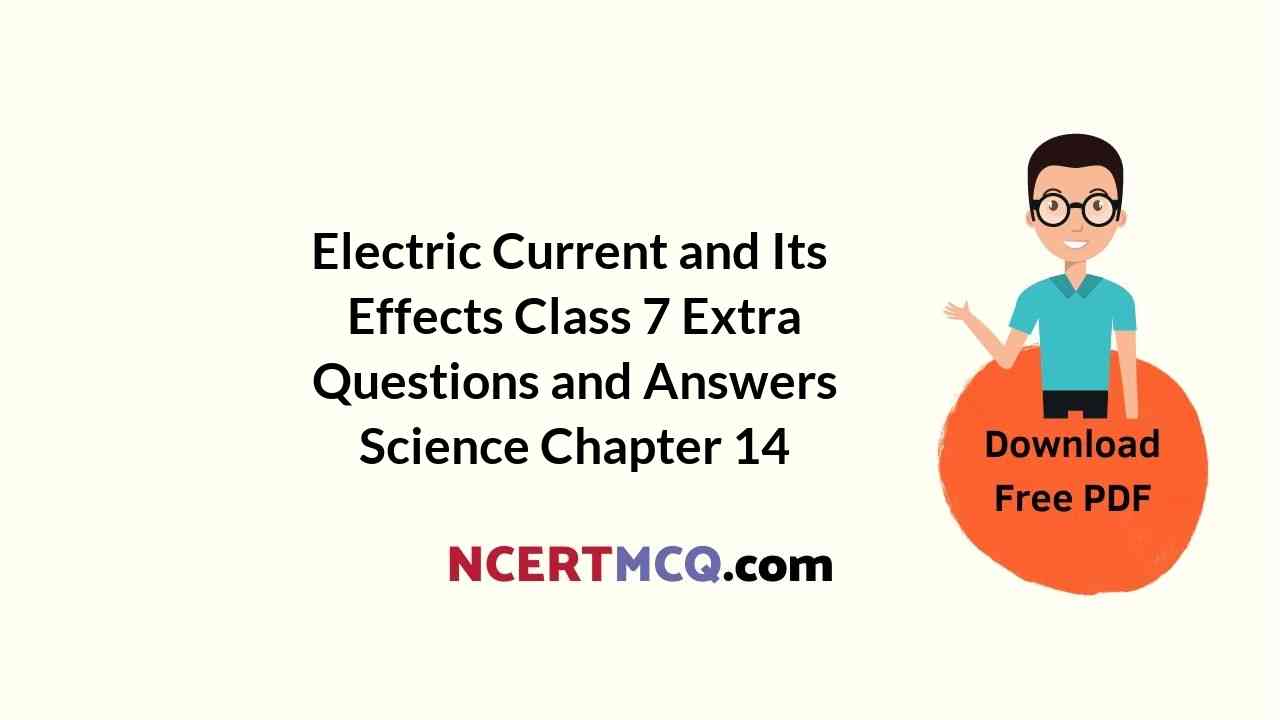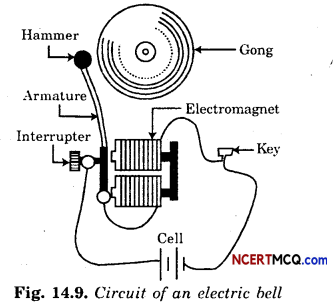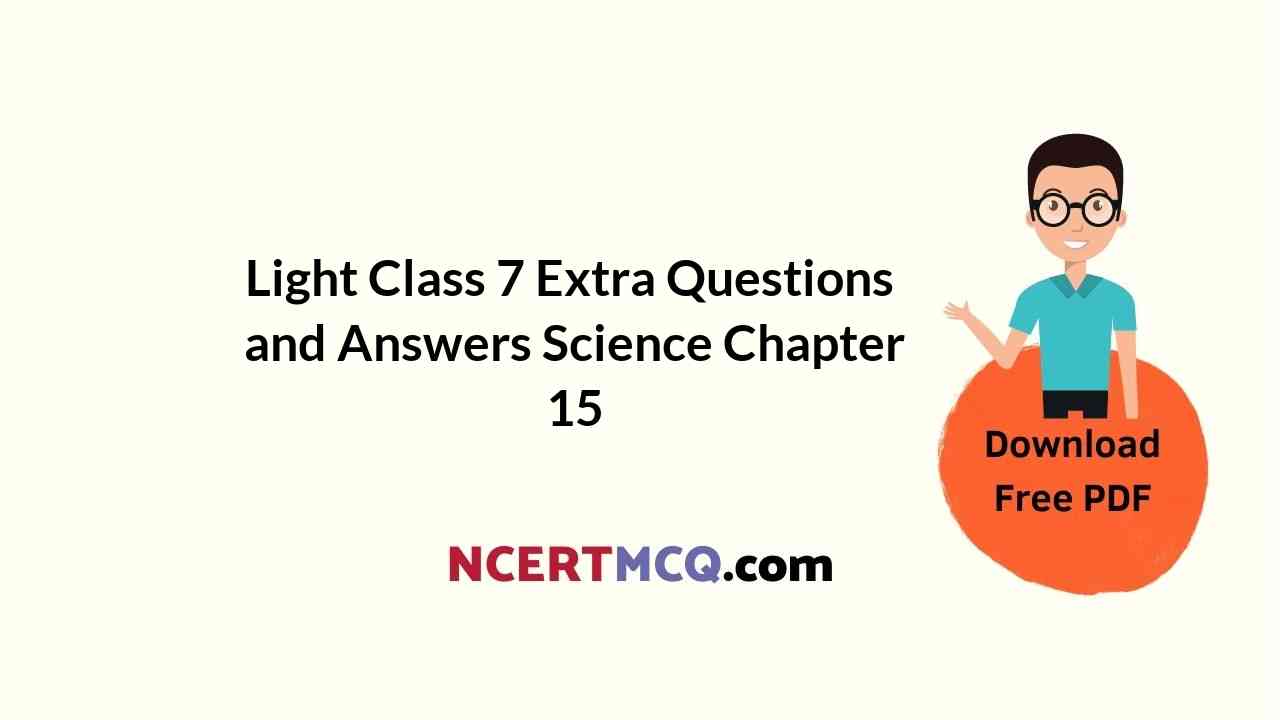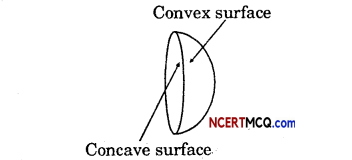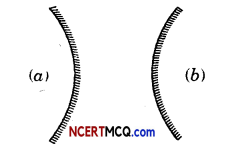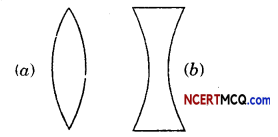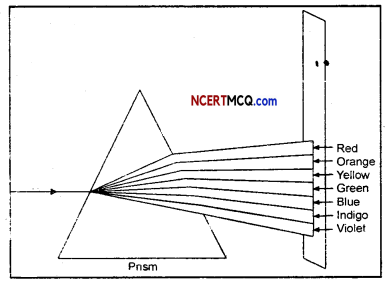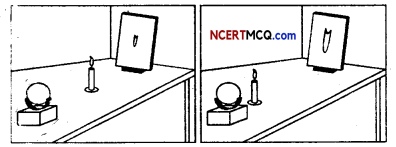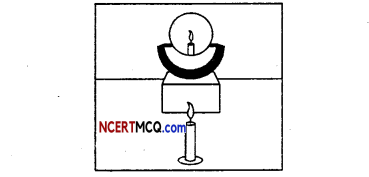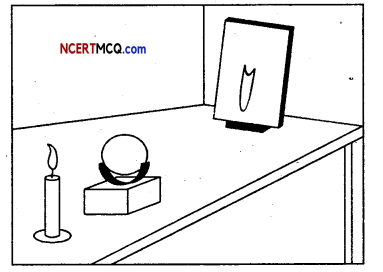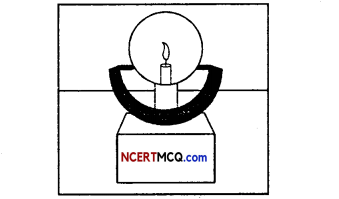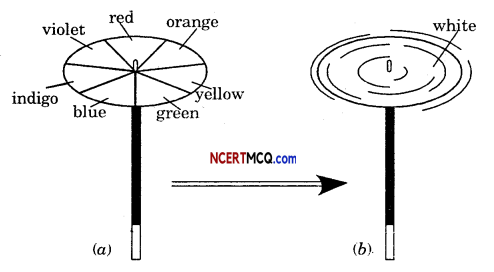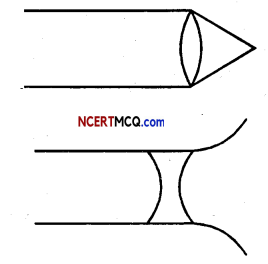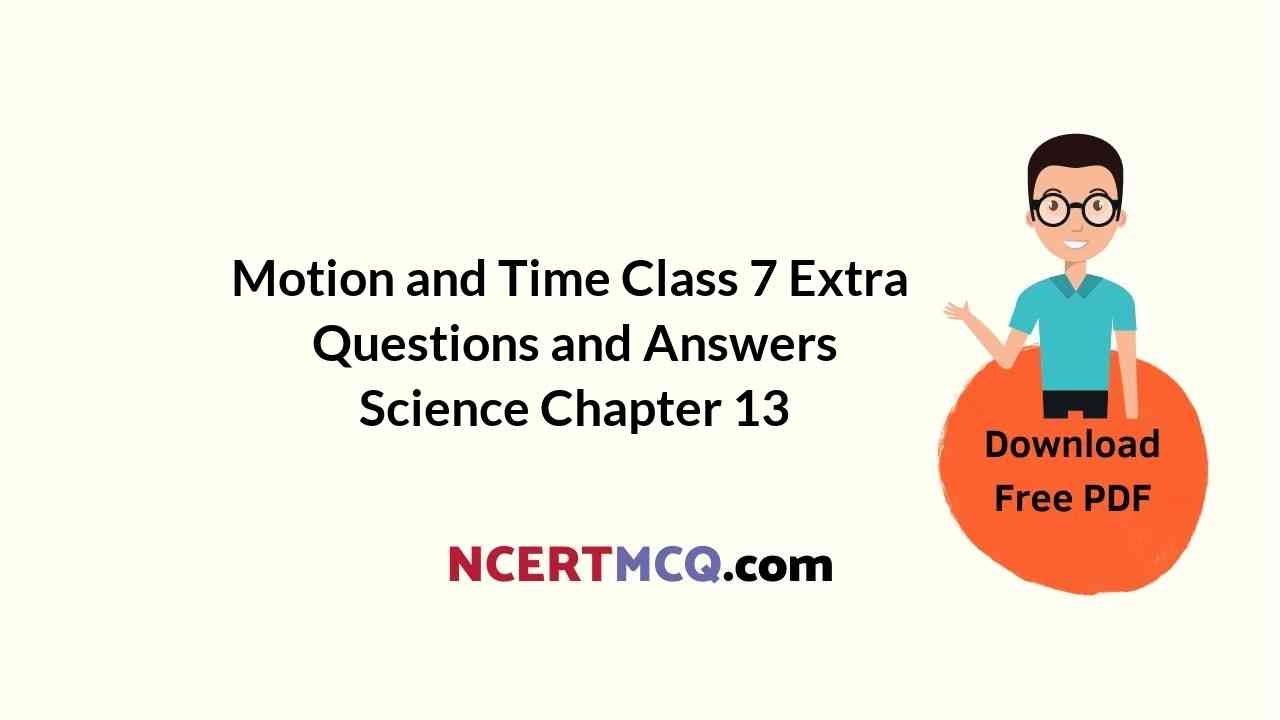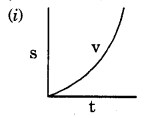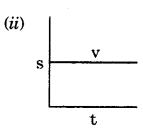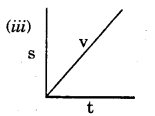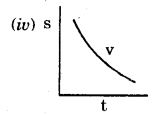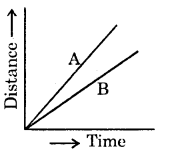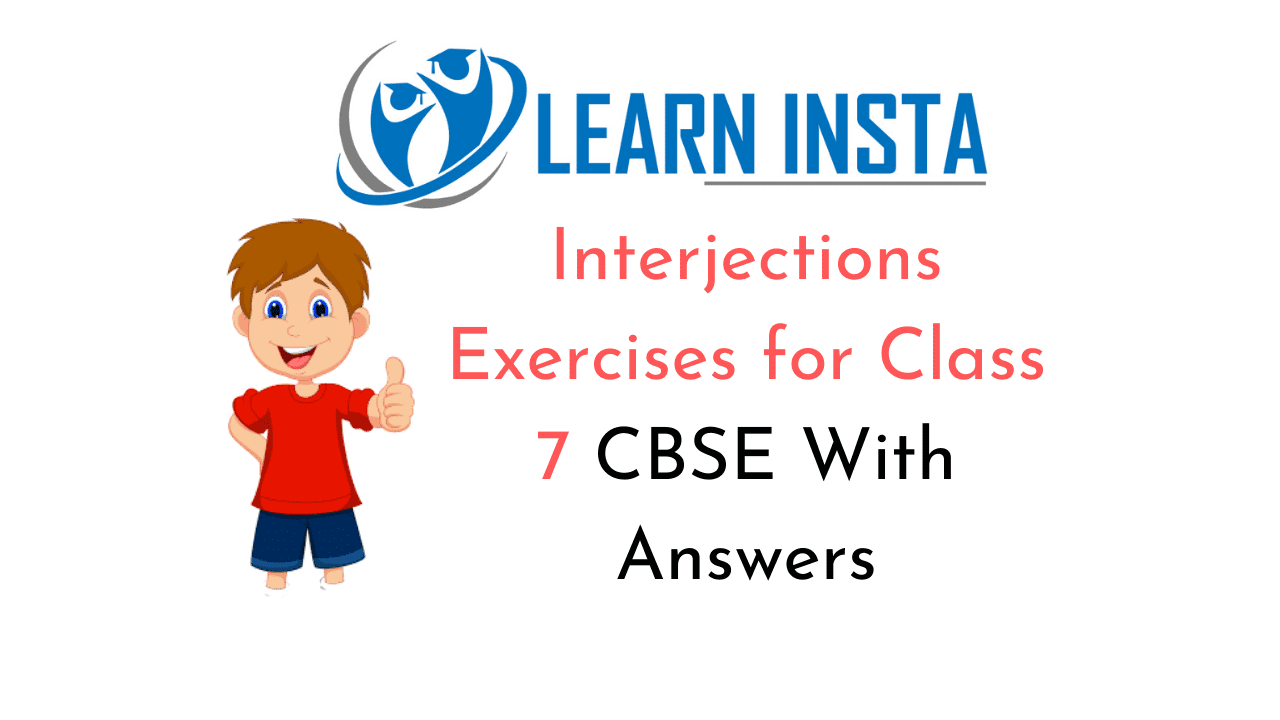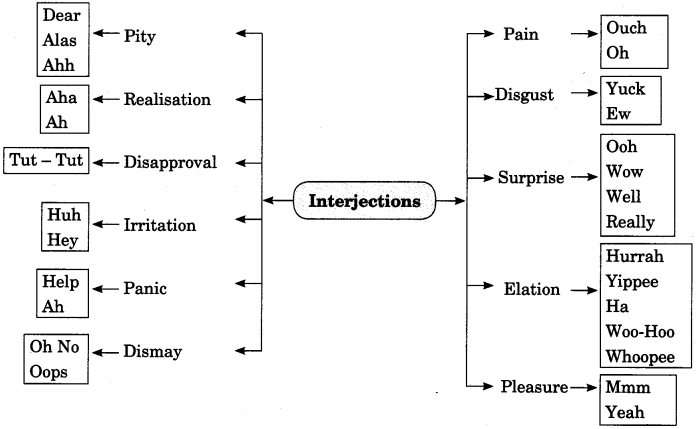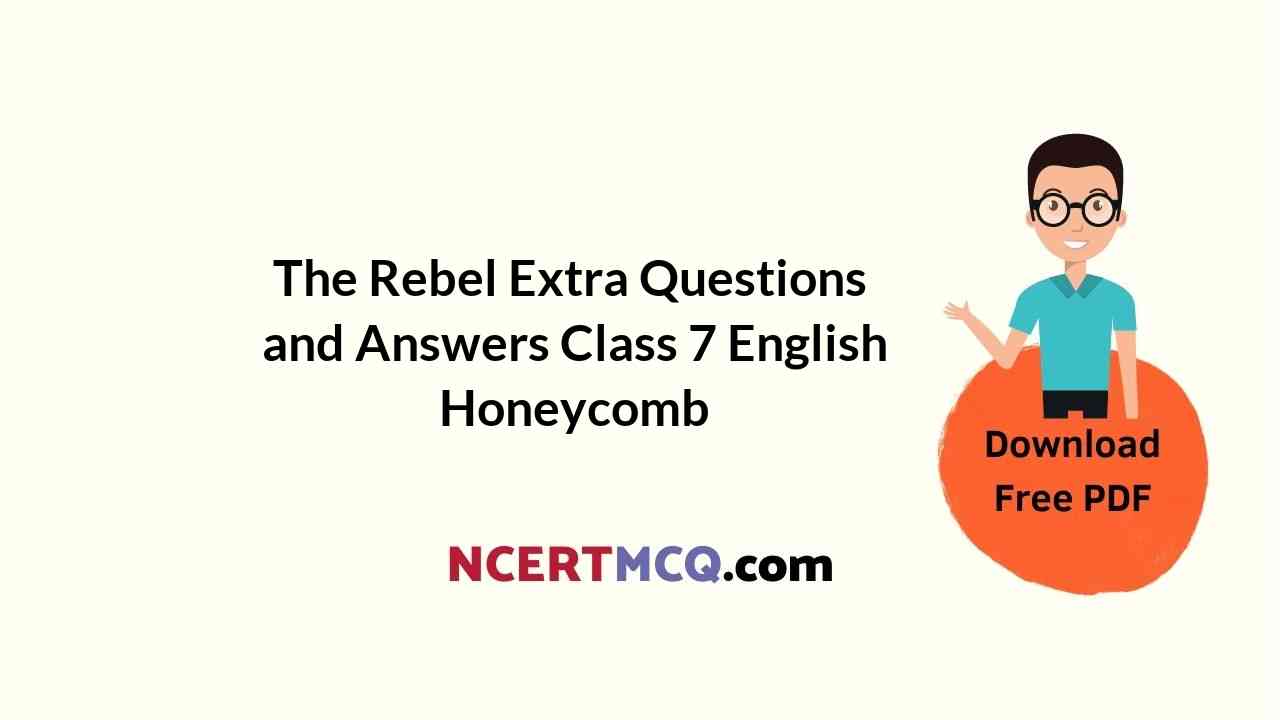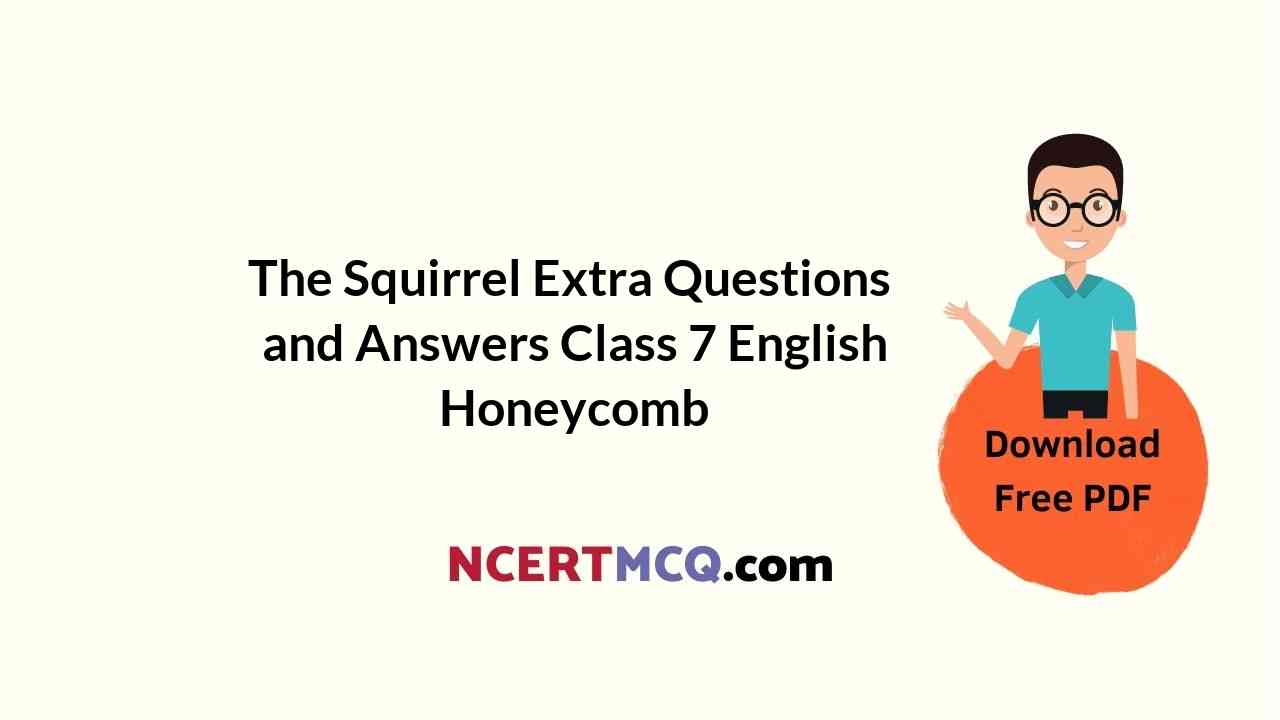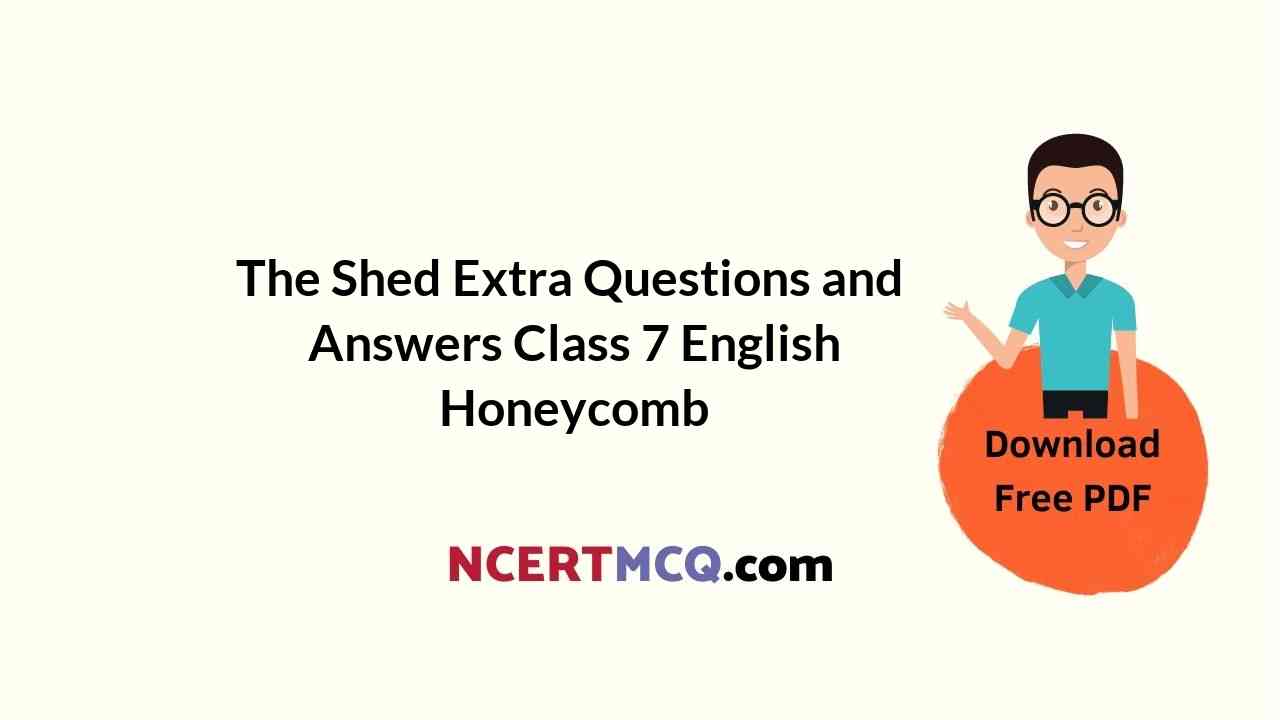Here we are providing Online Education for Reproduction in Plants Class 7 Extra Questions and Answers Science Chapter 12 was designed by subject expert teachers. https://ncertmcq.com/extra-questions-for-class-7-science/
Online Education for Class 7 Science Chapter 12 Extra Questions and Answers Reproduction in Plants
Reproduction In Plants Class 7 Extra Questions And Answers Question 1.
What is reproduction?
Answer:
The production of new individuals from their parents is known as reproduction.
Class 7 Science Chapter 12 Extra Question Answer Question 2.
What is cutting?
Answer:
Cutting is to cut piece of a branch of a plant with a pode which is capable of producing new plant under suitable conditions.
Reproduction In Plants Class 7 Questions And Answers Question 3.
Name one plant that can reproduce through leaves.
Answer:
Bryophyllum.
Class 7 Reproduction In Plants Extra Questions Question 4.
What are the male and female reproductive part in plants?
Answer:
The stamens are the male reproductive part and the pistil is the female reproductive part in plants.
![]()
Ncert Solutions For Class 7 Science Chapter 12 Extra Questions Question 5.
What are unisexual flowers?
Answer:
The flowers which contain either only the pistil or the stamens are called unisexual flowers.
Reproduction In Plants Class 7 Extra Questions Question 6.
What are bisexual flowers?
Answer:
The flowers which contain both stamens and pistil are called bisexual flowers.
Class 7 Science Chapter 12 Extra Questions Question 7.
What is fruit?
Answer:
Mature ovary is called fruit.
Class 7 Science Ch 12 Extra Questions Question 8.
What are the vegetative parts of plant?
Answer:
Roots, stems and leaves are called the vegetative parts of a plant.
Reproduction In Plants Extra Questions Question 9.
Write the benefits of vegetative propagation.
Answer:
Benefits of vegetative propagation :
- Plants produced by vegetative propagation take less time to grow and bear flowers and fruits earlier than those produced from seeds.
- The new plants are exact copies of the parent plant, as they are produced from a single parent.
Ncert Class 7 Science Chapter 12 Extra Questions Question 10.
Where are male and female gametes in flowers?
Answer:
Anther contains pollen grains which produce male gametes. The female gamete or the egg is formed in an ovule, which is a part of ovary.
Extra Questions Of Reproduction In Plants Class 7 Question 11.
Draw figure to show self and cross-pollination.
Answer:
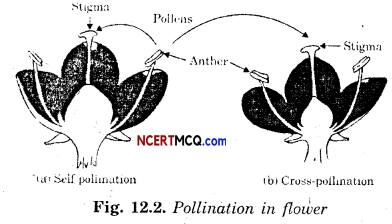
Class 7 Science Reproduction In Plants Extra Questions Question 12.
Draw a diagram to show vegetative reproduction in bryophyllum.
Answer:
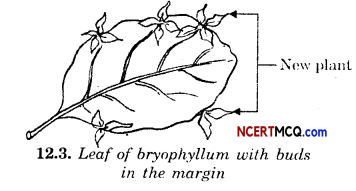
Ch 12 Science Class 7 Extra Questions Question 13.
How are plants get benefitted by seed dispersal?
Answer:
Benefits of seed dispersal to plants :
- It prevents competition between the plant and its own seedlings for sunlight, water and minerals.
- It also enables the plants to invade new habitats for wider distribution.
Extra Questions On Reproduction In Plants Class 7 Question 14.
We have never seen the seeds of sugarcane, potato and rose. How do these plants reproduce?
Answer:
Sugarcane, potato and rose reproduce by means of vegetative propagation :
Plants Parts used for vegetative propagation
- Sugarcane Stem (having nodes)
- Potato Stem (eyed part)
- Rose Stem (having nodes).
Extra Questions For Class 7 Science Chapter 12 Question 15.
Show fertilisation with the help of diagrams.
Answer:
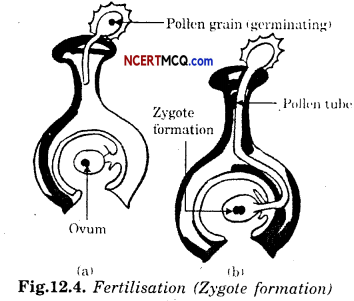
![]()
Chapter 12 Science Class 7 Extra Questions Question 16.
Describe reproduction in fungus.
Answer:
The fungi on a suitable place grow from spores which are present in the air. When spores are released they keep floating in the air. As they are very light they can cover long distances.
The spores are asexual reproductive bodies. Each spore is covered by a hard protective coat to withstand unfavourable conditions such as high temperature and buy humidity. So they can survive for a long time. Under favourable conditions, a spore germinates and develops into a new individual.
Extra Questions For Class 7 Science Reproduction In Plants Question 17.
Explain the method of reproduction in yeast with the help of a diagram.
Answer:
Yeast is a single-celled organism which reproduces by budding. When it gets sufficient nutrients, a small bulb-like projection starts coming out from it which is called a bud. The bud gradually grows and gets detached from the parent cell and forms a new yeast cell. The new yeast cell grows, matures and produces more yeast cells. Sometimes, another bud arises from the bud forming a chain of buds. If this process continues, a large number of yeast cells are produced in a short time.
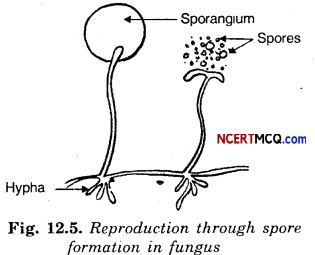
Class 7 Chapter 12 Science Extra Questions Question 18.
What do you think will happen if all seeds of a plant were to fall at the same place and grow there?
Answer:
If all seeds of a plant were to fall at the same place and grow there, then there would be severe competition for sunlight, water, mineraLs and space. As a result, the seeds would not grow into healthy plants.
Question 19.
Describe the different methods of asexual reproduction. Give examples.
Answer:
Various methods of asexual reproduction are :
(i) Vegetative propagation: It is a type of asexual reproduction in which new plants are produced frorìi roots, stems, leaves and btids. Since reproduction is through the vegetative parts of the plant, it is known as negetative propagation. rose, sugarcane.
(ii) Budding: Here, the small bulb-like projection comes out from body of an organism is called a bud, which gradually grows and gets detached from the parent cell and forms organism, e.g., yeast. The new yeast grows, matures and produces more yeasts.
(iii) Fragmentation: This type of reproduction is common in algae. When water and nutrients are available, algae grow and multiply rapidly by fragmentation. An alga breaks up into two or more fragments. These fragments or pieces grow into new individuals. This process continues and they cover a large area in a short period of time.
(iv) Spore formation: The spores are asexual reproductive bodies. Each spore is covered by a hard protective coat to withstand unfavourable conditions such as high temperature and low humidity. So they can survive for a long time. Under favourable conditions, a spore germinates and develops into a new individual. Plants such as moss and ferns also reproduce by means of spores. Fungi too reproduce by spore formation.
![]()
Question 20.
Explain what you understand by sexual reproduction.
Answer:
Sexual reproduction: It is a type of reproduction in which two different parent cells (male and female) are required. In this type of reproduction, a male and a female gamete fuse to form a zygote. The process of fusion of male and female gametes (to form a zygote) is called fertilisation.
The zygote develops into an embryo, while the triploid endosperm (one male cell plus two female cells) and female tissues of the ovule give rise to the surrounding tissues in the developing seed. The ovary, then grows into a fruit, which surrounds the seed(s). The seed contains an embryo enclosed in a protective seed coat.
In sexual reproduction, new plants are grovn from seeds.
Question 21.
Explain the difference between self-pollution and cross-pollination.
Answer:
If the pollen lands on the stigma of the same flowers it is called self-pollination.
When the pollen of a flower lands on the stigma of another flower of the same plant, or that of a different plant of the same kind, it is called cross-pollination.
Question 21.
How does the process of fertilisation take place in flowers?
Answer:
After pollination, the anther settles on the stigma of flower, which compels the formation of pollen tubes to the ovules. The male gamete present in the pollen grain moves through the pollen tube and fertilises the ovum present in the ovule, i.e., fertilisation takes place. The fertilisation leads to the formation of zygote which later develops into an embryo.
Question 22.
Describe the various ways by which seeds are dispersed.
Answer:
Seeds and fruits of plants are carried away by wind, water and animals.
(i) Winged seeds such as those of drumstick and maple, light seeds of grasses or hairy seeds of aak (Madar) and hairy fruit of sunflower get blown off with the wind to faraway places.
(ii) Some seeds are dispersed by water. These fruits or seeds usually develop floating ability the form of spongy or fibrous outer coats as coconut.
(iii) Some seeds are dispersed by animals, especially spiny seeds with hooks which get attached to the bodies of animals and are carried to distant places. Examples are Xanthium and Urena.
(iv) Some seeds are dispersed when the fruits burst with sudden jerks. The seeds are scattered far from the parent plant. This happens in the case of castor and balsam.
Multiple Choice Questions
1. The type of reproduction in which new plants are produced from roots, stems, leaves and buds, is known as :
(i) budding
(ii) vegetative propagation
(iii) sexual reproduction
(iv) none of these.
Answer:
(ii) vegetative propagation.
2. The cut-off branch or stem with a node, used for vegetative propagation is known as :
(i) cutting
(ii) stem branch
(iii) node stem
(iv) noded branch.
Answer:
(i) cutting.
3. Apart from flower buds, there are buds in the axil (point of attachment of the leaf at the node) of leaves. These buds are known as vegetative buds. Later they develop into :
(i) roots
(ii) shoots
(iii) leaves
(iv) flowers.
Answer:
(ii) shoots.
![]()
4. Potatoes vegetatively propagate through :
(i) cutting
(ii) eyes (buds)
(iii) leaves
(iv) branch node.
Answer:
(ii) eyes (buds).
5. Which of the following does not propagate from the scar on the stem?
(i) Potato
(ii) Turmeric
(iii) Ginger
(iv) Rose.
Answer:
(iv) Rose.
6. Which of the following plants propagates from buds in the margin of leaf?
(i) Rose
(ii) Shoe flower
(iii) Bryophyllum
(iv) Hydrophyllum.
Answer:
(iii) Bryophyllum.
7. Which of the root of the following use for propagation?
(i) Sweet potato
(ii) Potato
(iii) Turmeric
(iv) Sugarcane.
Answer:
(i) Sweet potato.
8. Yeast reproduces by the asexual reproduction known as :
(i) budding
(ii) spore formation
(iii) fragmentation
(iv) vegetative propagation
Answer:
(i) budding.
![]()
9. Spirogyra (an alga) reproduces by the process of:
(i) budding
(ii) fragmentation
(iii) spore formation
(iv) vegetative propagation.
Answer:
(ii) fragmentation.
10. Fungus reproduces by the process of:
(i) budding
(ii) fragmentation
(iii) spore formation
(iv) vegetative propagation.
Answer:
(iii) spore formation.
11. Which of the following have unisexual flowers?
(i) Mustard
(ii) Rose
(iii) Petunia
(iv) Papaya.
Answer:
(iv) Papaya.
12. Which of the following have bisexual flowers?
(i) Petunia
(ii) Corn
(iii) Papaya
(iv) Cucumber.
Answer:
(i) Petunia.
13. Which among the following contains the male gametes?
(i) Ovary
(ii) Stigma
(iii) Anther
(iv) Style.
Answer:
(iii) Anther.
14. Which among the following contains the ovule(s)?
(i) Stigma
(ii) Style
(iii) Anther
(iv) Ovary.
Answer:
(iv) Ovary.
15. When the pollens of a flower lands on the stigma of another flower of the same plant the pollination type is called
(i) self-pollination
(ii) cross-pollination
(iii) xeno-pollination
(iv) none of these.
Answer:
(ii) cross-pollination.
16. The cell which results after fusion of the gametes is called a/an :
(i) embryo
(ii) zygote
(iii) polar cell
(iv) none of these.
Answer:
(ii) zygote.
17. Seeds of which of the following plants are dispersed by water?
(i) Coconut
(ii) Drumstick
(iii) Maple
(iv) Sunflower
Answer:
(i) Coconut.
Keywords:
→ Asexual Reproduction: The reproduction in which plants can give rise to new plants without seeds.
→ Budding: The reproduction through small bulb-like projéction called a bud, coming out from the body of the organism is called budding.
→ Embryo: The zygote develops into an embryo. It is the baby plant.
→Fertilisation: The process of fusion of male and female gametes (to form a zygote) is called fertilisation.
→ Fragmentation: The process of reproduction in which the organism breaks up into pieces and each piece grows into new organism is called fragmentation. e.g., Algae.
![]()
→ Gametes: Reproductive cell are called gametes.
→ Hydra: A microscopic aquatic animal.
→ Ovule: The part of ovary, in which female gamete or the egg is formed.
→ Pollen grain: Male reproductive cells present on anther.
→ Pollen tube: The tube formed due to deposition of anther on stigma for the fertilisation in flower.
→ Pollination: The transfer of pollen from the anther to the stigma of a flower is called pollination.
→ Seed dispersal: The movement of seeds from the plant to another place where it can germinate, is called seed dispersal.
→ Sexual reproduction: A type of reproduction where two different parent cells (male and female) are required is called asexual reproduction.
→ Spore: Spores are asexual reproductive bodies covered by a hard protective coat to withstand unfavourable conditions. Plants such as moss and ferns reproduce by means of spores.
→ Sporangium: A sporangium is a plant or fungal structure producing and containing spores.
→ Vegetative reproduction: It is a type of asexual reproduction in which new plants are produced from roots, stems, leaves and buds. Since reproduction is through the vegetative parts of the plant, it is known as vegetative propagation.
→ Zygote: Cell formed after the fertilization of a male and a female gamete is called zygote.
